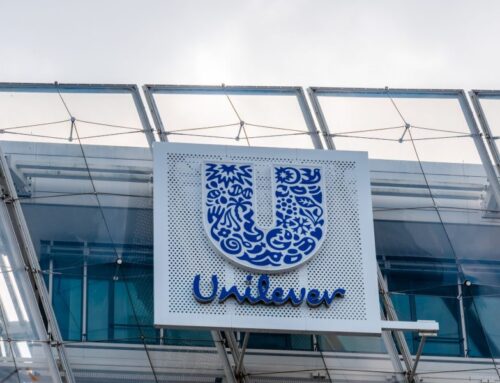IBM Plans to Invest $150 Billion. Time to Buy the Stock?
May 3, 2025
The latest company to jump on the “build American” bandwagon is International Business Machines (IBM 2.34%). The venerable tech giant derives a significant amount of its revenue from cloud and mainframe computing.
Now, the company plans to invest $150 billion over the next five years, and about $30 billion of that will go to investments in mainframe and quantum computing.
Nonetheless, despite the technical pivots into the cloud and its mainframe business made by CEO Arvind Krishna, IBM has remained a slow-growth company. While IBM stock has outperformed the market since Krishna took over in April 2020, these investments are not certain to bolster the investment case for IBM stock.
What the investment means
Admittedly, the investment could be transformative for IBM. The company spent only $321 million in capital expenditures (capex) during the first quarter of 2025 and $1.1 billion in 2024. Hence, a plan to invest an average of $30 billion per year for the next five years could bring significant change to this business.
The move is likely encouraging to IBM bulls, who may be happy with Krishna’s revamping of the company but are disappointed by the growth rate. Thanks to the $34 billion purchase of Red Hat in 2019, IBM made itself a leader in the hybrid cloud and made critical advancements in artificial intelligence (AI).
Also, investments in supercomputing could make it a leader in supercomputing and, later, quantum computing as that technology becomes more prominent.
Nonetheless, in Q1, revenue of $14.5 billion grew by only 1% year over year. Although the software segment grew revenue by 8% over that period, the company’s other three segments experienced a revenue decline.
That probably means IBM will have to improve the performance of most of its businesses to maintain stock price growth. Although the 40% rise in the stock price bodes well for IBM, its 41 P/E ratio may limit near-term growth without significant improvement.
Funding the $150 billion
Moreover, investors have good reason to wonder how IBM will fund its capex investments. As of the end of Q1, IBM holds about $17 billion in liquidity. Plus, it expects to generate $13.5 billion in free cash flow in 2025, improving on the $12.7 billion reported in 2024.
Still, more than $6.1 billion of that free cash flow went to fund its dividend. The payout, which amounts to $6.72 per share annually, pays a dividend yield of about 2.8%. That’s about double the S&P 500‘s 1.4% average return, and the 30 straight years of payout hikes make it a solid dividend stock for income investors.
Nonetheless, higher spending on capex will almost certainly reduce free cash flow (which excludes capex spending), and that could potentially strain the dividend.
Additionally, IBM already carries $63 billion in debt, a considerable burden considering the stockholders’ equity of about $27 billion. That limits its ability to turn to more debt, possibly forcing the company to issue shares and dilute shareholders to fund many of these investments.
Should I buy IBM after this news?
Considering the uncertainty, IBM is likely a hold under such conditions unless you invest for income.
Admittedly, the stock has performed well over the last year. Also, IBM is unlikely to walk away from a 30-year streak of payout hikes, which still should make it an excellent choice for dividend investors. Additionally, with its anemic revenue growth, its massive investment is both encouraging and necessary to remain competitive.
However, the limited liquidity, potential for reduced free cash flow, and high debt levels call into question how IBM will fund this spending. Until the company shows its shareholders how it will pay for the increased capex spending, investors should probably refrain from adding shares.
Search
RECENT PRESS RELEASES
Related Post



